Expertise
Results of the 2012 National Forest Inventory
Heino Polley | 03.01.2015
There are more deciduous trees and structurally rich forests in Germany than ten years ago. The timber stock is at a record level. In all ownership types, less wood has been used than has grown back. This and much more was shown by the third National Forest Inventory in 2012.
One third of Germany is forested. That is 11.4 million hectares. The third National Forest Inventory recorded how the forest changed between 2002 and 2012. For this purpose, inventory teams from the federal states measured more than 420,000 trees at 60,000 sample points. Scientists from the Thünen Institute coordinated the inventory and analyzed the data. Now a unique treasure trove of data is available on tree species diversity, forest structure, wood stocks and utilization, and carbon storage in forest trees.
The data are of national and international importance. They form the basis for political and economic decisions. For example, they address the challenges of climate change and the related question: Which forests are sustainable? How much wood can be used in terms of sustainable forest management? In addition, the data are an integral part of international reports such as the Kyoto Protocol and the Framework Convention on Climate Change.
How the data were collected
The surveys were carried out by inventory teams of the federal states at randomly selected sample points. These are located in a systematic sampling network that covers all of Germany in a grid of 4 by 4 kilometers. At each grid point located in a forest area, the teams recorded, among other things, the tree species, diameter, and height of selected sample trees, as well as data on stand structure and deadwood. In total, more than 150 characteristics were recorded.
A working group at the Thünen Institute of Forest Ecosystems coordinated and evaluated the inventory. Together with other experts, the team further developed the inventory procedure and reorganized the entire data management.
Further links
The results of the third inventory are publicly available and clearly presented. All key statements and background information can be found in an information brochure published by the Federal Ministry of Food and Agriculture (in German). In the database of the Thünen Institute, results on many issues can be searched. Also, tables, graphs and maps can be generated from them. This service is primarily intended for experts.
Selected results
- 32 percent or one third of Germany's total area is forested – that's 11.4 million hectares. There would be 1400 m² of forest for every inhabitant.
- 48 percent, almost half of the forest area, is private property.
- 90 billion trees grow in Germany's forests, of which around 7.6 billion have a diameter at breast height of more than seven centimeters.
- There is more older forest: On average, the forest is 77 years old today, four and a half years older than ten years ago. About a quarter of the forest (24 percent) is older than 100 years, and 14 percent is even older than 120 years.
- The timber stock is about 336 cubic meters per hectare. The total wood stock is 3.7 billion cubic meters.
- 121.6 million cubic meters of wood grows per year. This corresponds to 3.9 cubic meters per second. That is a cube of 1.57 meters edge length.
- The most common tree species are spruce (25 percent), pine (22 percent), beech (15 percent) and oak (10 percent).
- 20.6 cubic meters of dead wood per hectare of dead wood. That is 18 percent more than 10 years ago.
- There are more deciduous trees than 10 years ago. The area share of deciduous trees is about 43 percent.

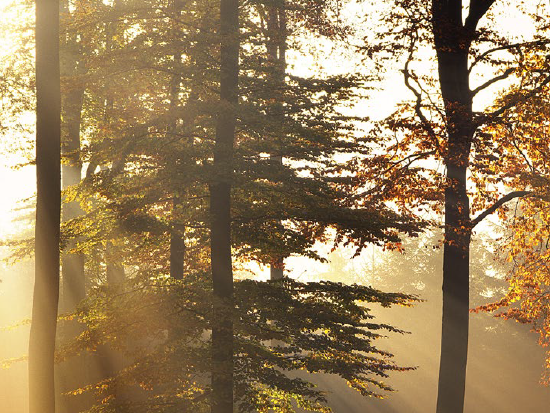
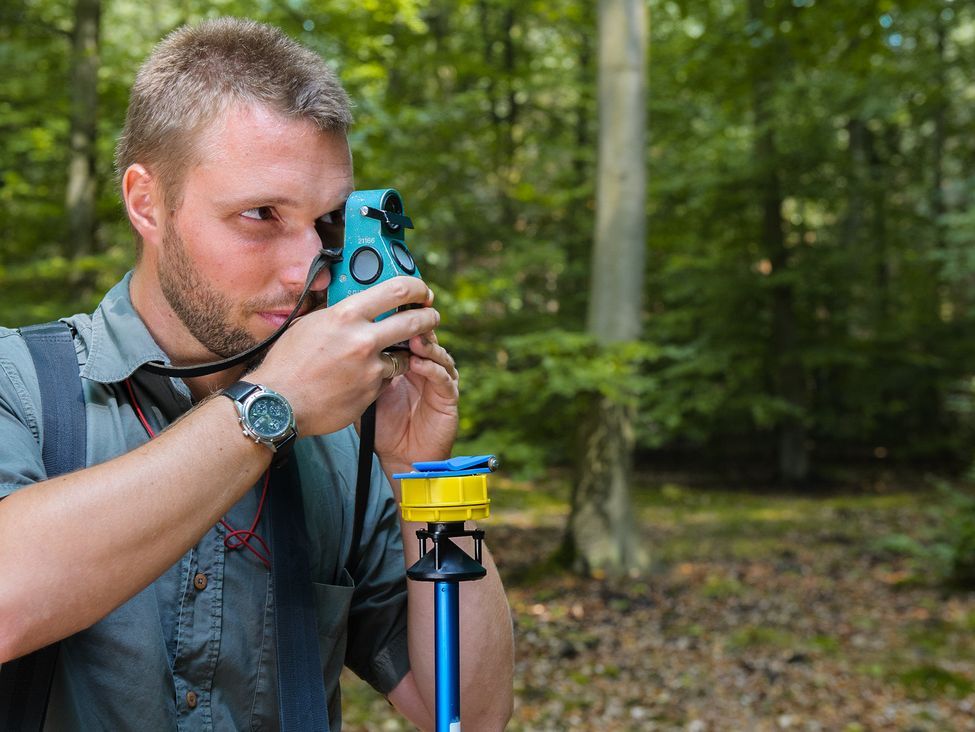
![[Translate to English:] One of the most important parameters is the tree diameter at a height of 1.30 meters. It is measured with a special diameter tape measure.](/media/_processed_/7/c/csm_BWI_TI-WO_020_TI-FZ-Fotografie_Christina_Waitkus_8a6544fcb1.jpg)
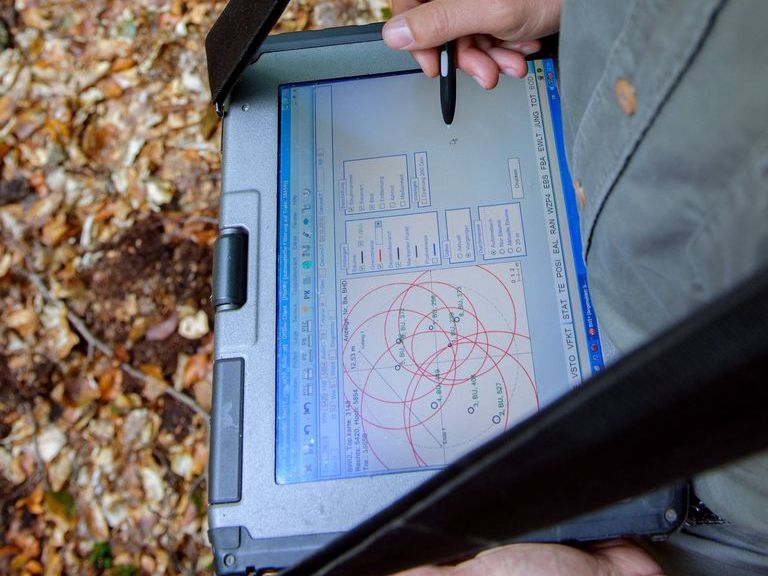
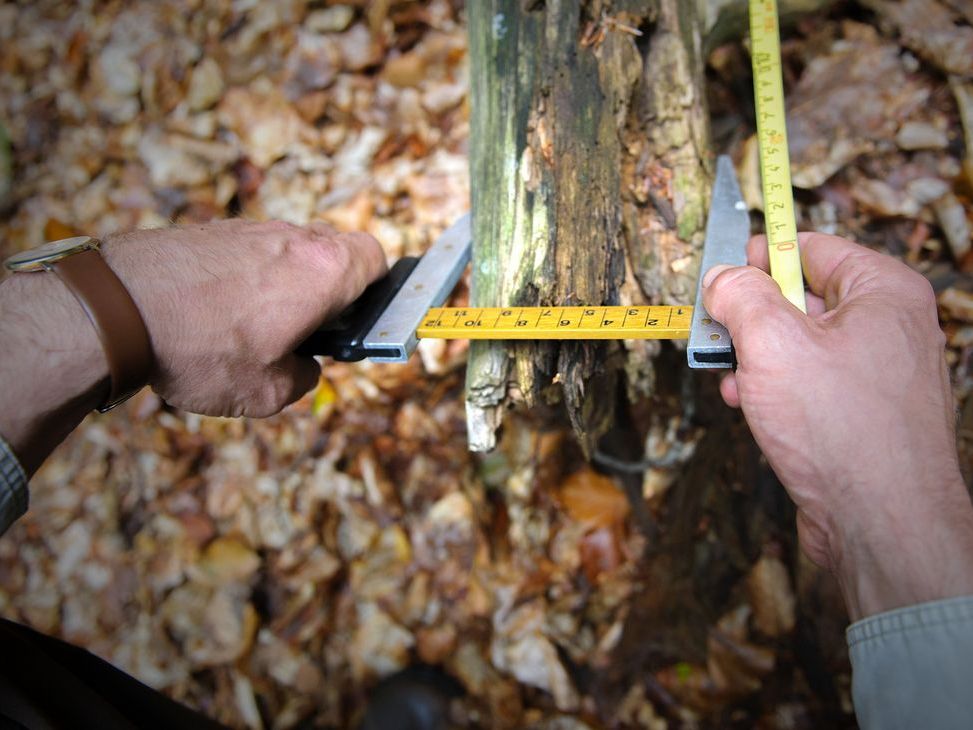
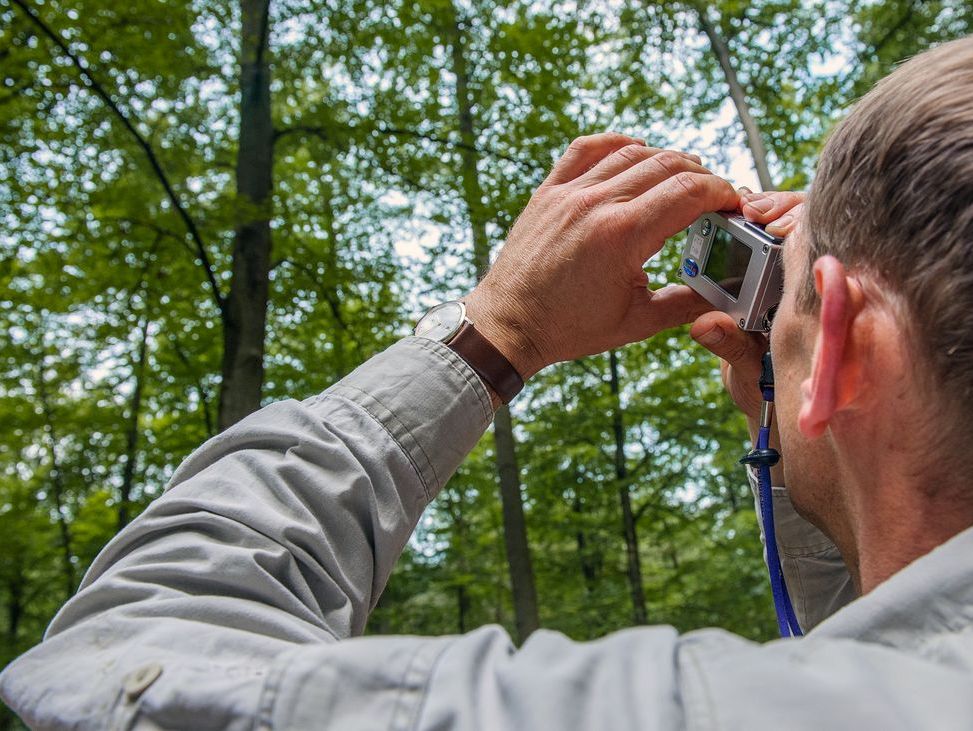
![[Translate to English:] Logo des Bundesministerium für Ernährung und Landwirtschaft](/media/allgemein/logos/BMEL_Logo.svg)